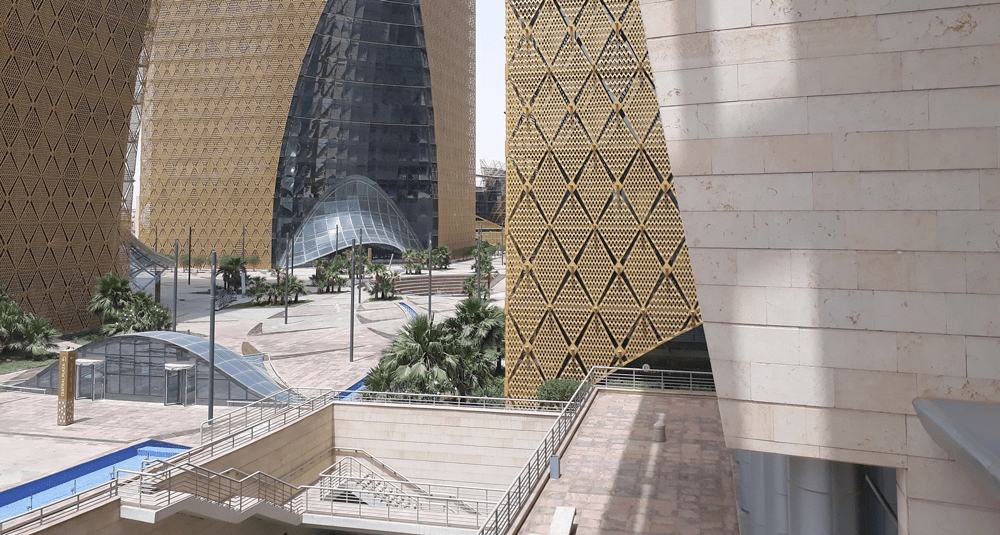What is the capital of Saudi Arabia?
Last Updated:
Riyadh, the capital of Saudi Arabia, is one of the largest and most influential cities in the Middle East. Located in the country’s central region, the Najd desert, it has become the kingdom’s political, administrative and economic center. With a population of over 7 million, Riyadh plays a major role in the development and modernization of Saudi Arabia.
The name Riyadh means gardens in Arabic, in reference to the greenery and fertile land once found in this region. Despite its historical roots, the city of Riyadh as we know it today underwent spectacular growth during the 20th century. Before that, it was just a small town in the Najd region, known for its strategic and religious importance.
Riyadh became the capital of Saudi Arabia in 1932, following the founding of the Kingdom by King Abdulaziz Al Saud. It was under his reign that the city began to modernize, gradually becoming the country’s political center. The city has gone from strength to strength, attracting foreign investors, international professionals and millions of visitors every year.
Today, Riyadh is a modern metropolis, with impressive skyscrapers, wide roads and state-of-the-art infrastructure. It is home to numerous government buildings, embassies, international companies and renowned universities. The Kingdom Tower and Al Faisaliah Tower, two of the country’s most famous skyscrapers, are among the city’s landmarks.
The city is also an important cultural and historical center. The National Museum of Saudi Arabia, for example, offers a fascinating insight into the country’s history, while the historic district of Diriyah, site of the first Saudi state, is a UNESCO World Heritage Site. Diriyah is a reminder of the region’s rich historical past.
As the capital, Riyadh is at the heart of the Saudi government’s Vision 2030 modernization plan. This project aims to diversify the country’s traditionally oil-based economy by developing sectors such as tourism, renewable energies, technology and entertainment. The city has also seen an expansion in education and research, with the creation of new universities and research centers.
The Riyadh Metro, currently under construction, is one of the city’s most ambitious projects. It aims to improve mobility for residents and reduce dependence on cars. It demonstrates the country’s commitment to creating a more sustainable and greener city.
Although the city is modern and forward-looking, Riyadh retains a strong link with its traditions and culture. The city is a blend of modernity and Saudi tradition. Souks (traditional markets) and cultural festivals are very popular with locals and visitors alike.
The annual Janadriyah festival, held in Riyadh, celebrates Saudi culture and heritage through exhibitions, performances and traditional events. Visitors can discover local handicrafts, traditional music, as well as Saudi dances and costumes.
Riyadh is much more than just a political capital. It is a dynamic city in the midst of transformation, at the crossroads of tradition and modernity. Its rapid development, cultural wealth and central role in the Saudi economy make it a key city, not only for the kingdom, but also for the Middle East region.
geography

What is the capital of Saudi Arabia?
Answer
Riyadh is the capital of Saudi Arabia, a modern, dynamic city located in the heart of the country, in the Najd desert.